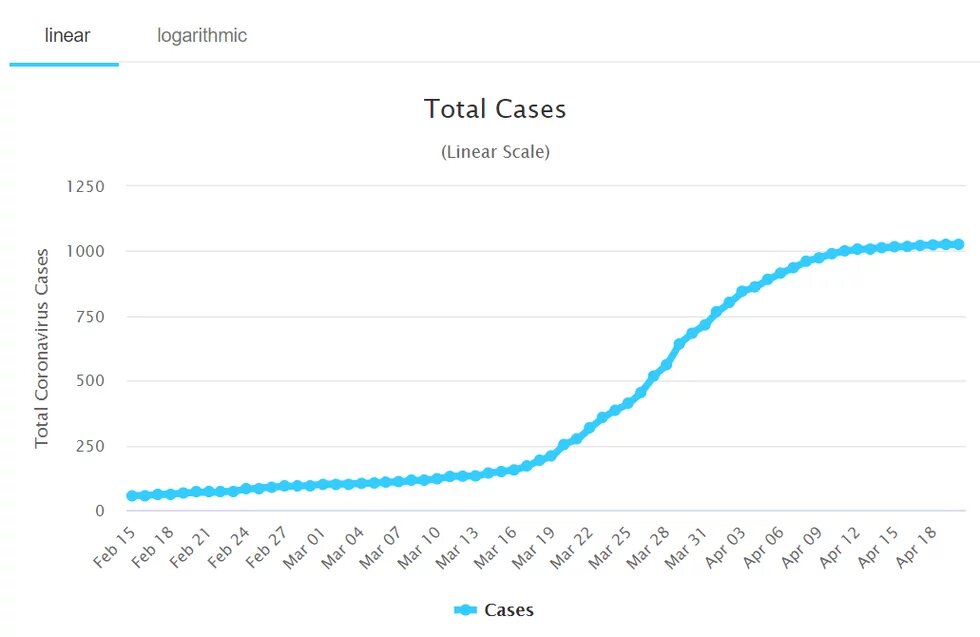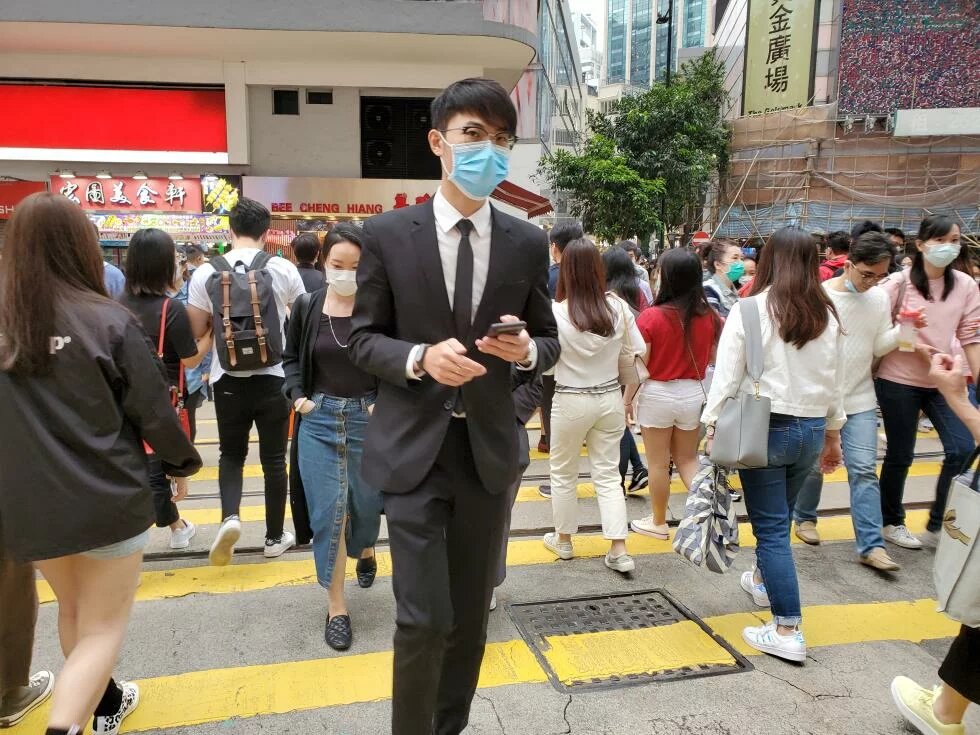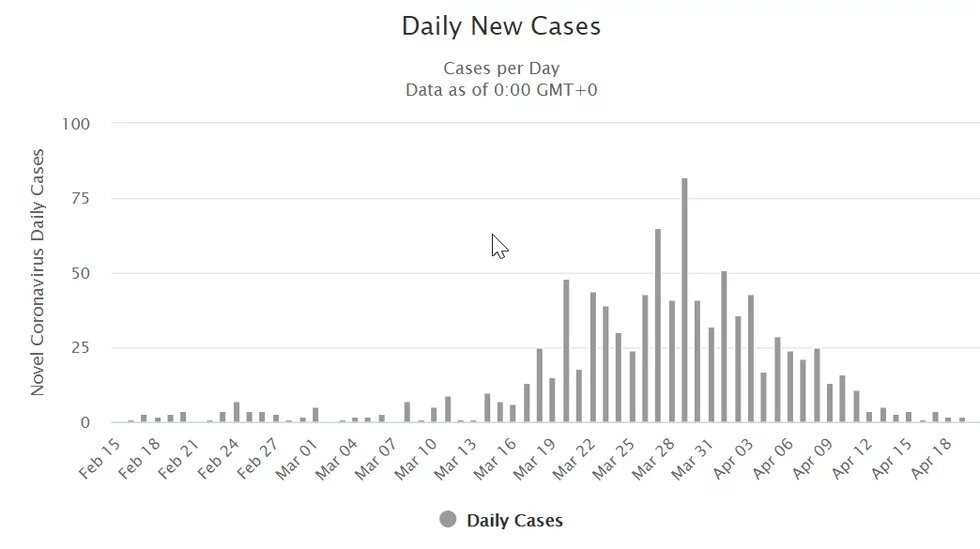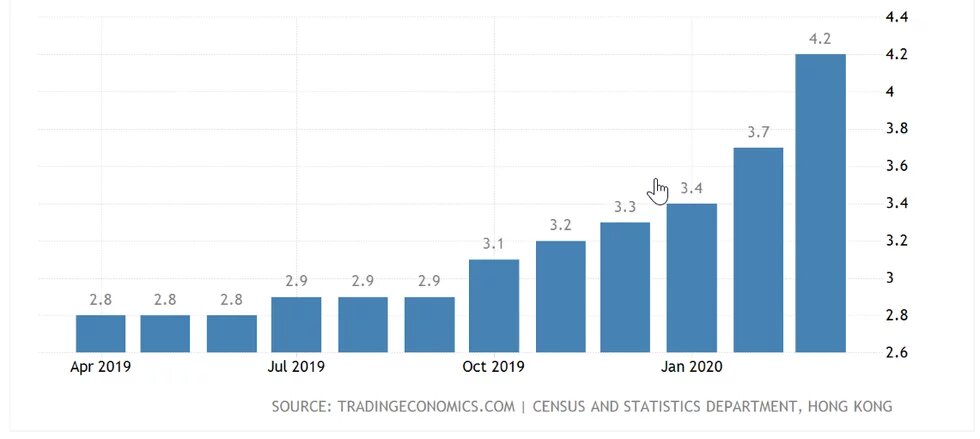
Quiet streets and empty malls on Friday nights. In the eyes of overseas visitors, the city might still seem lively, but for Hongkongers like me the vibrant buzz of this city has been replaced by fear, personal isolation, and the smell of rancid surgical masks. With veteran experience from SARS 17 years ago, we have responded to the Corona crisis nearly intuitively from our collective memory.

Collective memory
Citizens have spontaneously taken out masks from their domestic medical kits and started wearing them since the first certified local case was announced on January 23, 2020. Without being told to, we have started washing hands frequently, and called off traditional Chinese New Year social visits. In many countries, it has taken considerable time to formulate the term “social distancing”, or to debate over the efficacy of masks. Yet for most Hongkongers who have witnessed the SARS pandemic in 2003, a painful learning curve from frightening daily news about transmission pathways via air traffic, hotel lift lobbies, and high-rise sewers has been imprinted into our collective memory, and has largely shaped how local people respond to the current crisis. As it is common sense to bring an umbrella when it rains, we wear masks and stay away from each other when a perilous respiratory disease appears.
Despite masked calmness on the outside, during the early weeks the community had an internal anxiety about invisible dangers. In early February, consumers have swarmed through online shops, and tens of thousands have queued overnight on the streets to purchase protective masks, some marked up from HK$30 to HK$500-1,500 per box. Supermarkets have met anxious shoppers who roamed the shelves to hoard for toilet paper, staple food, and cleaning products. For some of us, stacking 400 toilet rolls in one’s bedroom may provide some illusive sense of security.
Infection in waves
In January and February, we have seen the first wave of local infection, in which most cases have arrived via direct trains and flights from Wuhan or other parts of southern China. Although the government has not responded to a call for complete border closure, it gradually raised border controls and quarantine measures, and called for home office arrangements. All schools, kindergartens, and universities closed and reverted to online teaching since January 26. Parks, sports amenities, libraries and museums shut their doors three days later. Rapid tests and treatment free of charge were quickly made available in the public healthcare system for people with symptoms, and cases have been extensively tracked.
In the early days when the virus started to leave the borders of mainland China, Hong Kong was ranked second-place for the number of infection cases (8 cases on January 27). But combined efforts have effectively kept the contagion at bay for seven weeks (Fig 1).
While the number of cases soared in South Korea, Iran, Italy, Spain and the United States, Hong Kong has dropped out of the global rankings of most affected territories. On March 15, the city only had 149 cases.
The hope to soon resume normal city life was dashed in mid-March though, as large parts of those who had fled from the virus, together with 40,000 Hong Kong students studying in Europe and the United States, returned to Hong Kong. Returnees from these new Corona epicentres have given rise to a second wave of local infection cases (Fig 2).
While local social media messages continue to blame the crisis on mainland Chinese who consume wildlife and travel extensively, evidence shows that some returnees have slipped away from their self-quarantine homes for meals; others have visited bars, karaoke pubs and beauty salons to spread the virus further. Most of the returning students are under the age of 23, which means that the traumatic SARS experience from 2003 has not been ingrained into their memories as deep as older generations. By April 5, the total number of cases had increased to 891.
The city has responded with an arsenal of measures. Public gatherings of more than four persons are prohibited, entertainment venues are ordered to shut down, and restaurants have to leave a distance of 1.5 metres between tables. Without imposing a drastic curfew as in many other countries, the contagion curve has flattened again. Currently (as on 20 April) Hong Kong stands at 1,026 total cases and zero new infections.
From anxiety to resilience
In late February when local supplies became more stable, hoarding behaviours have subsided in Hong Kong, and people have turned their attention to new daily routines. Like office workers in other parts of the world, Hongkongers who need to follow work from home arrangements have entered the same massive social experiment. However, with a median living space per person of 161 square feet (15 square metres), and 209,700 living in subdivided flats with median living space per person of 56.5 square feet (5.3 square metres) only, our challenges are even more grievous. When colleagues shout “do you hear me?” to each other on Zoom, for many it is simply difficult to avoid spouse, parents, children, siblings, pets, dishes and laundry jumping into the screen. A new range of netiquette has evolved, and the boundary between work and home has to be re-negotiated.
While many people are homebound, netizens have found new favourite playlists on Netflix, Spotify, and Amazon. The streets are empty, while the Golden Shopping Arcade, the city’s IT supplies hub, is flocked with young customers shopping for online games and webcams. Mops, detergents, flour and cake-mix have sold far better than jewelry and designer brand clothing. At least some Hongkongers have found themselves in a compulsory retreat from the busy routines of working life to reflect on health, family relationships, or inner peace.
Inner peace however is an unattainable dream for many. Despite improvised turnaround measures, the city is walking into a period of economic gloom. The unemployment rate has been rising from 3.3% in December 2019 to 4.2% in March 2020 (Fig 3), which is the highest rate since October 2010. Aircrafts, tour buses and school buses have been grounded.
Those working in tourism, retail, and catering are the most hard-hit, as business had already dwindled since social protests started in June 2019. Some underemployed workers have taken on new part-time jobs in food delivery. But many employees have to take unpaid leave, while others are on fractional salaries. Freelancers have to face rising grocery prices with zero income, and parents are struggling to pay for continuing school fees. The outlook for the grassroots looks grim. The government has announced HK$290 billion of economic relief packages, which is equivalent to 9.5% of the city’s GDP. Nevertheless, that did not save the fate of a traditional coffee roastery on the same floor with our office, which closed its doors indefinitely. Like many small and medium enterprises, the company that was founded in 1929 decided to lay off all employees, mainly elderly men. If this trend continues, the city will have lost many good parts of its social fabrics once it remerges after the epidemic.
“Take things in our own hands”
Although Hong Kong, together with Macao and Taiwan, has often been cited by international press as a successful model of Corona response, most Hongkongers have shared a different view. The Corona crisis has hit the city in a particularly vulnerable moment. During more than seven months of ongoing protests, the “One Country, Two System” experiment has undergone complicated trials. The Edelman barometer survey shows that the Hong Kong government is currently distrusted by 60% of its citizens. An SCMP/CUHK survey reveals that 72% Hong Kong residents would credit “community response” for beating the virus, whereas 56% disagree that the local administration should be commended for it.
That helps to explain why SARS veteran Macao has implemented quarantine measures smoothly, while Hong Kong has met with 7,000 striking healthcare workers and violence against quarantine facilities. Striking union leaders have criticized local border control measures as late and indecisive compared to Macao and Taiwan, putting the safety of frontline healthcare workers at risk.
On social media chat groups, typical local comments in the past months have looked like, “we have to take things in our own hands”, “we do it just like the time of SARS”, or “forget about the government, we trust our medical experts.” People have used similar wordings to mobilize themselves from hoarding toilet paper, purchasing masks, keeping their homes clean, to staying away from social contact. Curiously, this rhetoric is shared across different political spectrums.
The looming Corona crisis has globally propelled human lives, economies, and political dynamics into great uncertainties. The virus has dramatically slowed down Hong Kong’s 2019 protests, but trust remains an ongoing challenge to Hong Kong society, and the fissures continue to exist.
The article was first published on www.boell.org in German.

